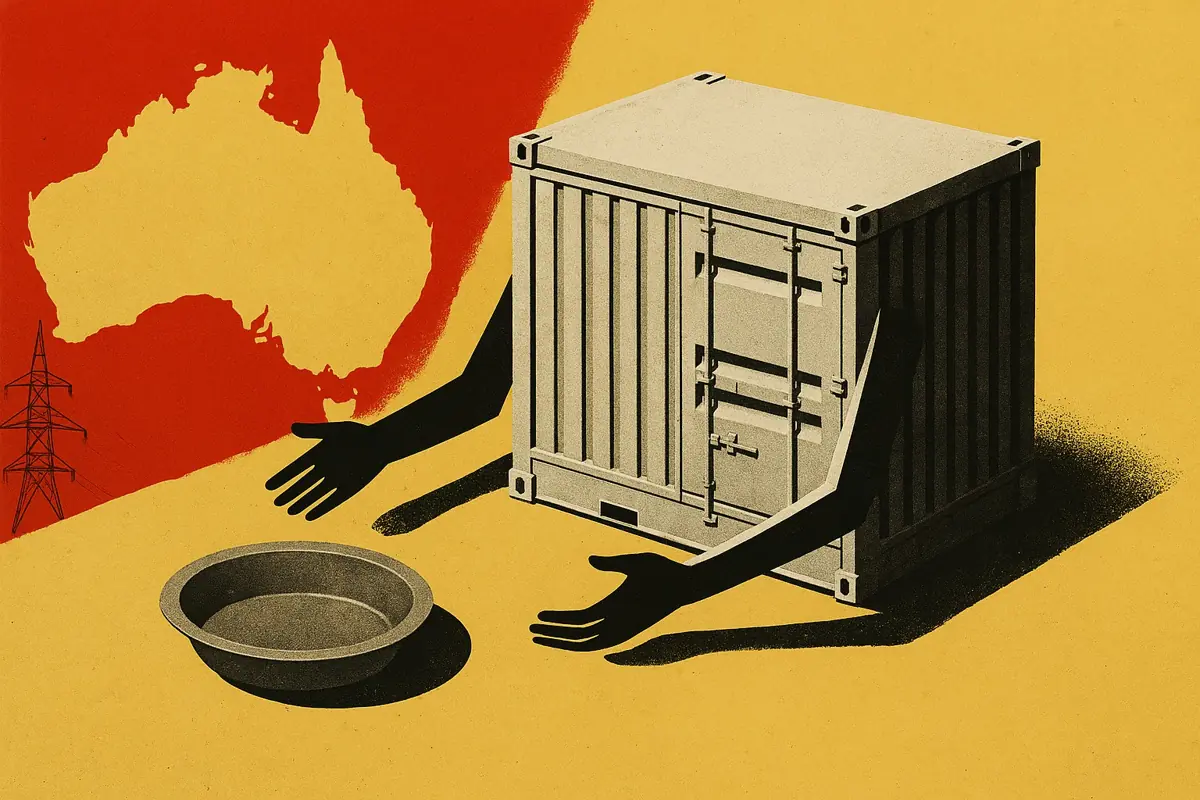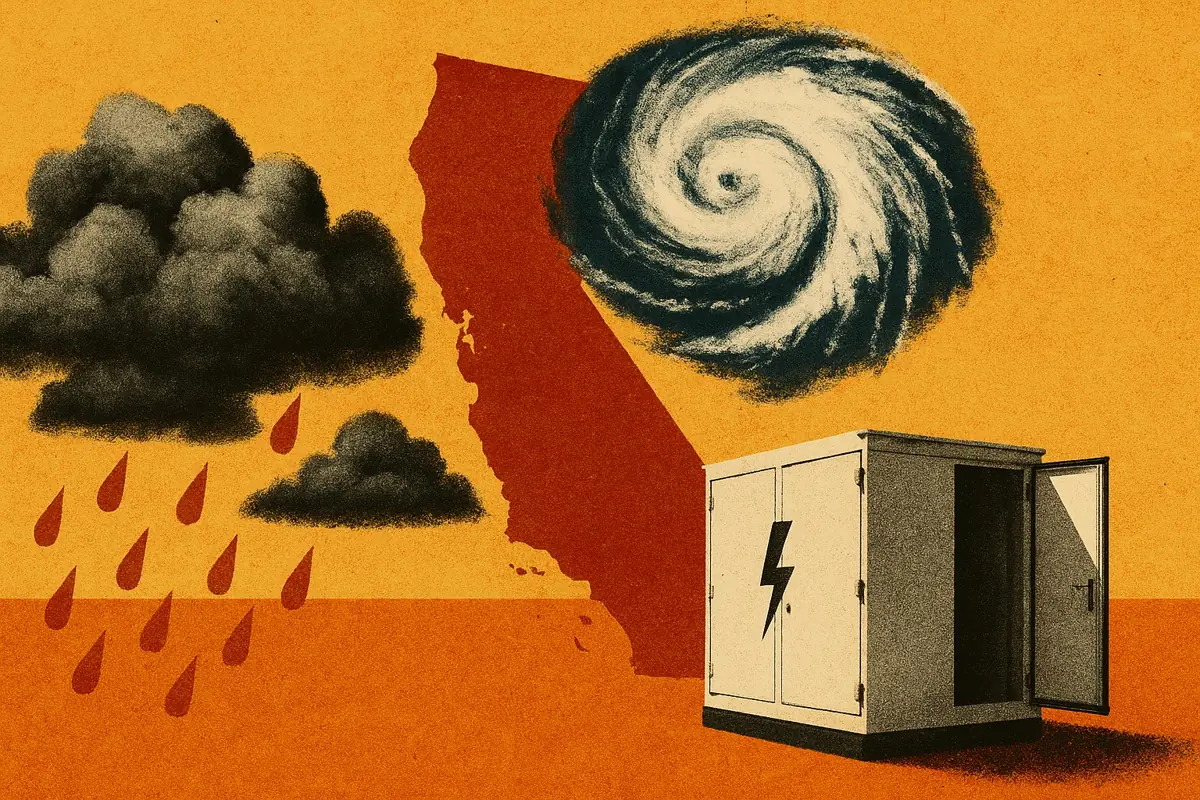Distribution Use of System (DUoS) charges can result in batteries either paying, or being paid for connection to the grid in different regions, similar to other network charges. Batteries could earn revenues from DUoS charges alone that are almost equal to those made in merchant markets - when connected at a low voltage in regions closer to demand.
But how are these charges calculated, where do they provide the most value, and how can batteries be dispatched to maximize DUoS revenues?
DUoS charges include a fixed capacity charge and variable energy charges
DUoS charges are paid by distribution-connected generators and demand sources to the Distribution Network Operator (DNO). They are designed to reclaim the costs associated with maintaining the network. Charges differ between the 14 DNO regions, but the calculation methodology remains the same.
The charges consist of three elements, which differ based on the asset type and connection voltage:
- A fixed standing charge - making up less than 1% of the total charge.
- A fixed capacity charge - based on the battery’s rated power.
- Variable energy unit charges - split into separate import and export charges.
Energy charges are time-banded to be highest at times of high demand. Batteries pay to import, but are paid to export.
Batteries typically import during periods with low positive rates, and export during periods with high negative rates. This means that the total energy charge nets out as a payment. Operators can export more energy during lucrative red-band periods to maximize this energy export payment.

The total charge for a battery is determined by the balance between the fixed capacity charge and the energy export payment. For a high-voltage battery optimized without considering DUoS in the Midlands, these two charges almost cancel each other out, resulting in a net payment of only £700/MW/year.
Batteries pay, or get paid, more in regions where the balance between these charges is more unequal. In North Scotland, for example, a high capacity charge is not offset by the energy charge. This results in a net charge of £50k/MW/year. Battery operators here would need to consider DUoS charges in dispatch decisions to minimize this charge.
We have compiled these charges from all DNOs in a downloadable spreadsheet at the end of this article.
Battery operators can maximize DUoS value without sacrificing trading value
To maximize the value of DUoS, battery operators can consider DUoS rates in their dispatch decisions, shifting imports to green band times and exports to red band times. If optimized to maximize DUoS revenues, a two-hour battery connected at low voltage could generate up to £37k/MW/year in DUoS revenues alone in South East England.

For a battery pursuing a merchant-only strategy, this wouldn’t typically mean sacrificing trading opportunities, as DUoS time bands align to the wholesale price shape. Across 2023, 73% of peak prices fell inside the red band, when export charges are highest. 70% of minimum prices fell inside the green band, when import charges are lowest.
This means that a battery pursuing an optimal trading strategy would also maximize its DUoS payments on more than half of days. In practice, operators must consider both DUoS rates and the wholesale opportunity when making dispatch decisions. They would likely earn DUoS revenues that are lower than this maximum. This optimization can be modeled for a specific site using a custom forecast run.
Longer-duration batteries, connected at a low voltage receive better rates
Annual charges can vary widely for different battery configurations in different regions. A two-hour, low-voltage battery in South East England would receive £16k/MW/year. A one-hour, high-voltage battery in the East Midlands would pay £16k/MW/year.
Shorter-duration batteries face lower energy charges, as they export less energy during the red band times with the highest negative rates. The energy export payment for these batteries is less likely to offset the capacity charges. Across regions, an average two-hour, two-cycle battery would pay only half of what a one-hour, one-cycle battery would pay.

Batteries connected at low voltage also receive better DUoS rates. They receive a payment of £6k/MW/year on average, compared to the charge of £8k/MW/year paid by high voltage assets. This is because the average energy charges for low-voltage assets are almost twice as high as those for high-voltage assets, while capacity charges are 70% lower.
Batteries often connect to the distribution network at extra high voltage (EHV) and receive custom DUoS rates. These rates are calculated similarly to batteries connected at lower voltages, but with a single ‘super red’ timeband. This operates on winter weekday evenings, when batteries are likely to be discharging. Rates aren’t disclosed in all regions, but where they are, batteries are always liable to pay due to high capacity charges. On average, this charge is £4k/MW/year.
DUoS charges have been increasing for batteries
Total DUoS costs have been increasing over time. For high-voltage batteries, costs have increased by an average of £8k/MW/year from 2021 to 2025.

A battery in North Wales, would have been paid £10k/MW DUoS in 2021, but will be required to pay £3k/MW by 2025.







